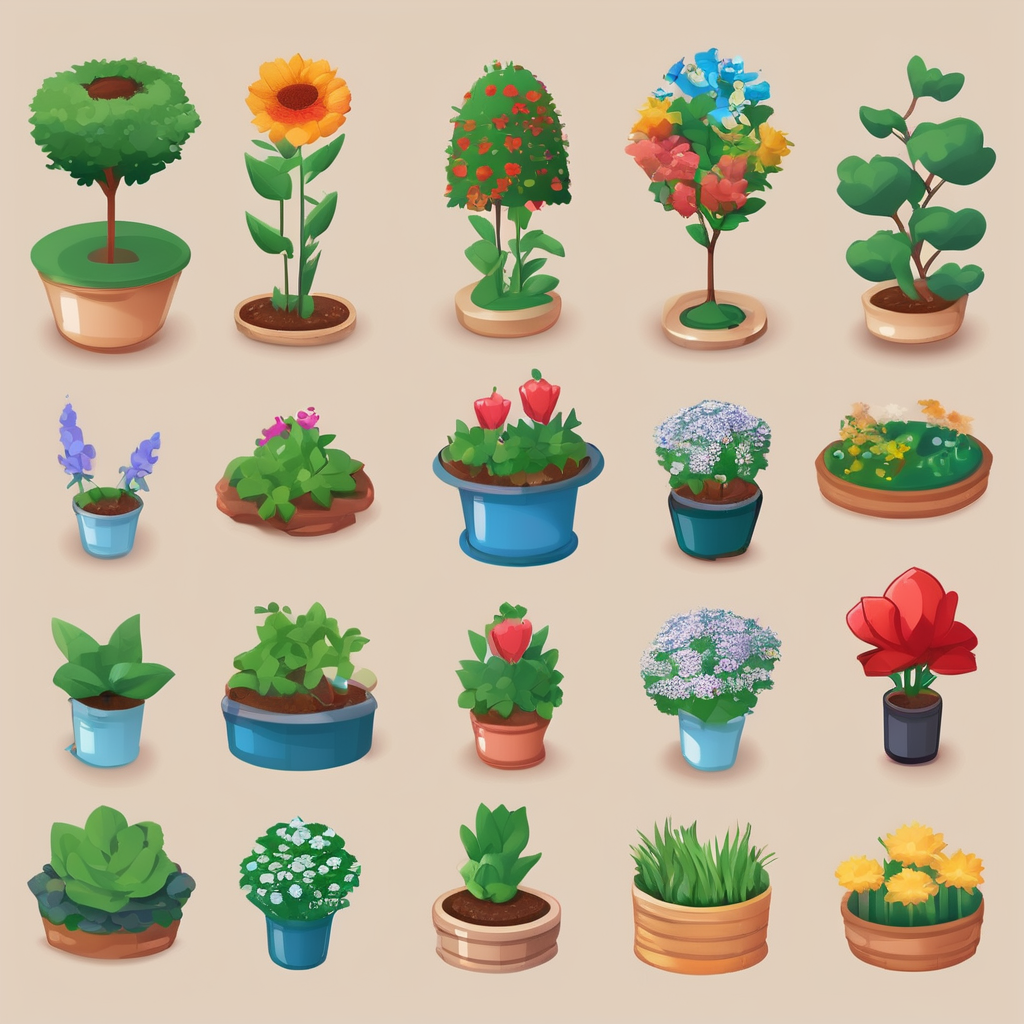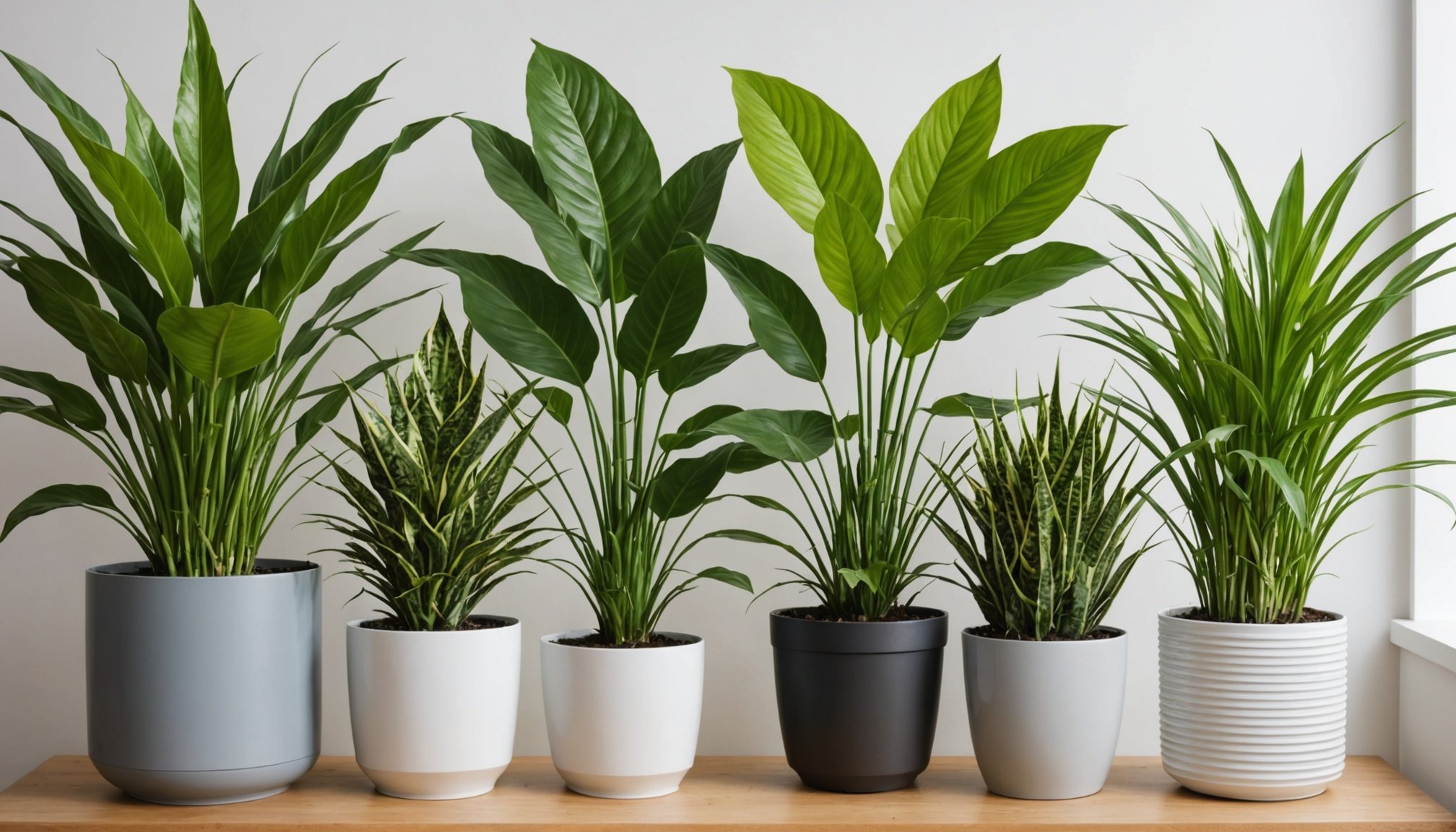Transform your home's atmosphere with the right plants. Not only do they elevate aesthetics, they also improve air quality, promoting a healthier living environment. This guide features top UK-friendly plants that thrive in various climates, ensuring you find the perfect greenery for your space. Discover how simple additions can make a significant impact on your indoor air quality and overall well-being. Let’s explore the best options for a fresher home today!
Benefits of Improving Indoor Air Quality
Indoor air pollution is a silent adversary affecting our health and well-being. Poor air quality can lead to respiratory issues, allergies, and even long-term health problems. Understanding the air quality benefits is crucial for enhancing our living spaces.
Sujet a lire : Transform Your Tap: Enhancing Water Quality with Home Filtration in UK Hard Water Regions
The importance of maintaining good air quality goes beyond just health; it significantly impacts our productivity and mental clarity. Clean air can boost concentration and energy levels, making it essential for both personal and professional environments.
One of the most natural ways to improve indoor air quality is through the use of indoor plants. These green allies not only beautify spaces but also act as natural air purifiers. Plants absorb toxins and release oxygen, contributing to a healthier living environment. Popular choices like spider plants and peace lilies are effective in filtering out common pollutants.
Dans le meme genre : Top Low-Maintenance Houseplants to Boost Indoor Air Quality for UK Homes
The health advantages of improved air quality are manifold. By reducing exposure to harmful particles, we can decrease the risk of respiratory ailments and enhance overall well-being. Investing in air quality is an investment in your health and productivity, making it a priority for any indoor space.
Top UK-Friendly Air-Purifying Plants
Choosing the right air-purifying plants for the UK climate can significantly enhance indoor air quality. Here are some top choices:
Plant 1: Spider Plant
Spider plants thrive in the UK climate, requiring minimal care. They prefer bright, indirect sunlight and well-draining soil. Water them moderately, allowing the soil to dry slightly between waterings. Known for their air purification capabilities, spider plants effectively remove pollutants like formaldehyde and xylene. Their unique appearance, with arching leaves and small white flowers, makes them a popular choice for homes and offices.
Plant 2: Peace Lily
Peace lilies are ideal for low-light conditions, making them perfect for the often cloudy UK weather. They require consistently moist soil and benefit from a weekly watering schedule. These plants excel in removing toxins such as ammonia and benzene, contributing to cleaner indoor air. With their striking white blooms and lush green leaves, peace lilies add elegance to any space.
Plant 3: Snake Plant
Snake plants are hardy and adaptable, thriving in a range of conditions. They prefer indirect sunlight and require infrequent watering, making them suitable for the UK climate. Renowned for their ability to filter out formaldehyde and nitrogen oxides, snake plants are effective air purifiers. Their tall, sword-like leaves add a bold, modern touch to interiors.
Care Tips for Maintaining Healthy Indoor Plants
Caring for indoor plants in the UK climate involves understanding specific plant care tips to ensure their health and longevity. Effective indoor gardening requires attention to several factors, beginning with light and watering.
Light conditions are crucial. Most indoor plants thrive in bright, indirect sunlight. However, the often overcast UK weather means some plants may require supplemental lighting. Consider positioning your plants near windows or using grow lights to compensate for limited natural light.
Proper watering is another essential aspect of plant maintenance. Over-watering is a common mistake. Ensure pots have adequate drainage and allow the topsoil to dry before watering again. This prevents root rot and keeps plants healthy.
Pest control is vital to maintaining healthy indoor plants. Regularly inspect leaves and stems for signs of pests such as aphids or spider mites. If detected, natural solutions like neem oil or insecticidal soap can effectively manage infestations without harmful chemicals.
Common issues with indoor plants include leaf discoloration and wilting. These can often be resolved by adjusting watering schedules or light exposure. By following these plant care tips, you can enjoy vibrant, thriving indoor greenery year-round.
Personal Stories and Case Studies
Incorporating plants into indoor spaces has transformed air quality for many, as evidenced by numerous personal experiences and plant success stories. Take Jane, a London resident, who noticed a significant improvement in her asthma symptoms after introducing a variety of air-purifying plants into her home. Her indoor gardening anecdotes reveal that spider plants and peace lilies not only enhanced her air quality but also uplifted her mood.
Another compelling case study involves a small business that integrated snake plants into their office environment. The staff reported increased productivity and fewer sick days, attributing these changes to the cleaner air. This success story highlights the tangible benefits of plants in professional settings.
Community feedback further underscores the positive impact of indoor plants. Many individuals share insights on social media, noting improvements in both health and aesthetics. For instance, a popular gardening forum features numerous testimonials from users who have successfully managed indoor air quality and plant care.
These personal experiences and case studies serve as powerful reminders of the benefits of indoor gardening. By sharing these stories, we can inspire others to explore the potential of plants in enhancing their living and working environments.
Scientific Research on Plants and Air Quality
Scientific studies have long explored the relationship between plants and air quality, revealing significant insights into plant efficacy in purifying indoor environments. Research has consistently shown that certain plants can effectively remove pollutants and improve air quality.
One notable air quality research project conducted by NASA in the late 1980s highlighted the air-purifying capabilities of common indoor plants. The study found that plants like the spider plant, peace lily, and snake plant could remove volatile organic compounds (VOCs) such as formaldehyde, benzene, and trichloroethylene from the air. These findings have since been corroborated by numerous other scientific studies, further establishing the role of plants in enhancing indoor air quality.
Key studies have demonstrated that the plant efficacy in reducing indoor pollutants is not solely dependent on the plant species but also on factors such as the size of the plant and the number of plants present. This has important implications for indoor gardening practices, suggesting that a diverse range of plants, strategically placed, can maximise air purification benefits.
The body of research supporting plant efficacy in air purification continues to grow, encouraging individuals and businesses to incorporate plants into their indoor environments for healthier and cleaner air.
Visual Guide to Choosing and Arranging Your Indoor Plants
Creating an inviting and aesthetically pleasing space with indoor plants requires thoughtful plant arrangement and a keen eye for interior design with plants. When selecting plants, consider the available space and light conditions. For smaller rooms, opt for compact plants like succulents or spider plants. In larger spaces, taller plants such as fiddle leaf figs or snake plants can make a striking impact.
Indoor plant aesthetics play a crucial role in enhancing different rooms. In living areas, mix plants of varying heights and textures to create a dynamic display. Consider using hanging plants or wall-mounted planters in kitchens to maximise space. For bedrooms, choose plants known for their air-purifying qualities, like peace lilies, to promote restful sleep.
Visual examples can inspire your plant arrangement. A popular approach is to group plants in odd numbers for a balanced look. Use decorative pots and stands to elevate plants and add layers to your design. For instance, placing a tall plant in a corner with smaller plants at its base creates an eye-catching focal point. By integrating these strategies, your indoor plant setups can transform any room into a vibrant, healthy environment.












